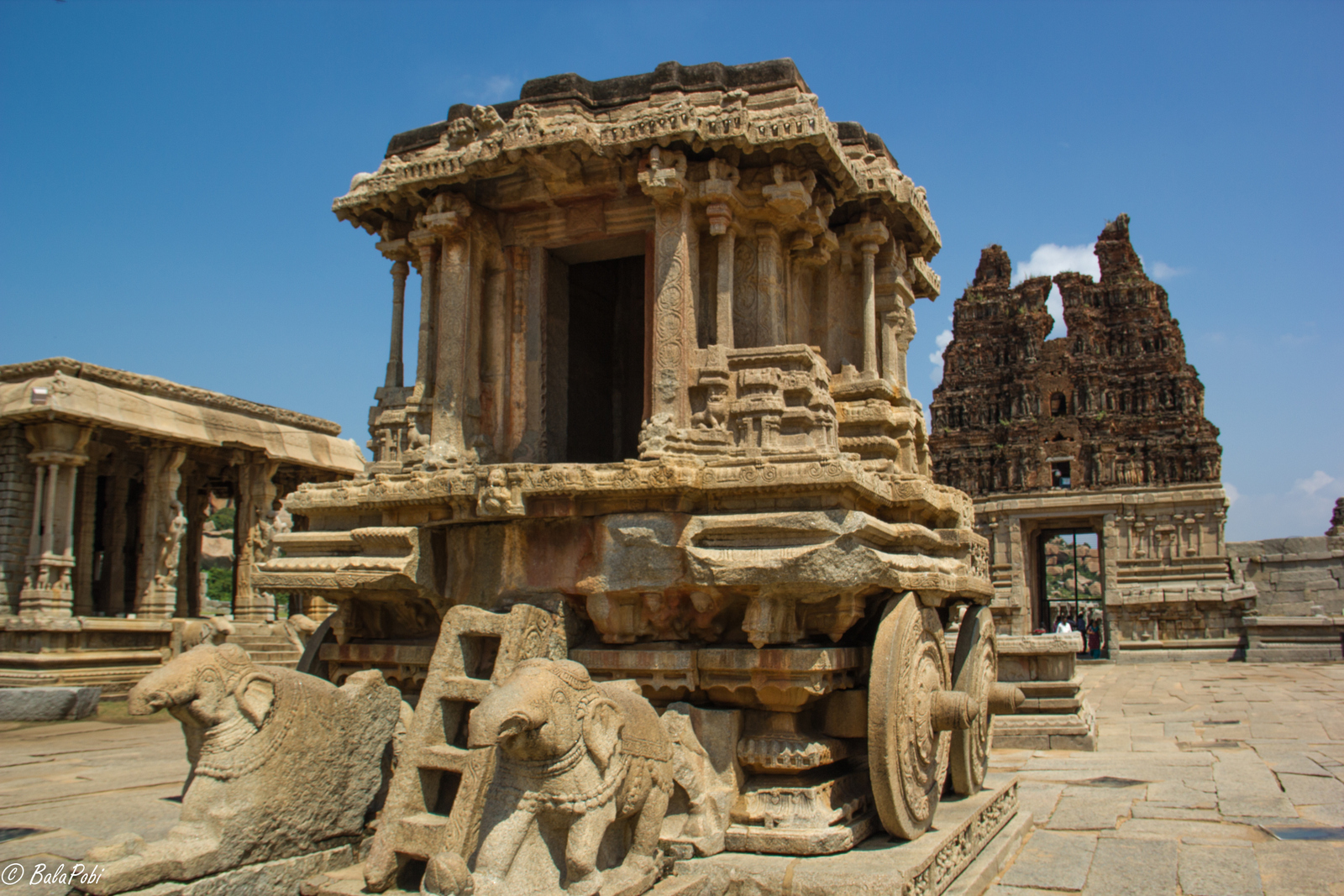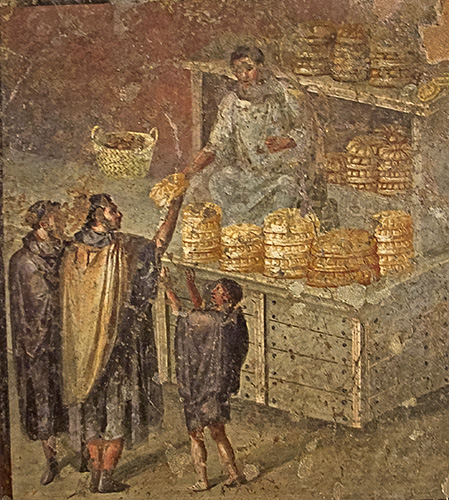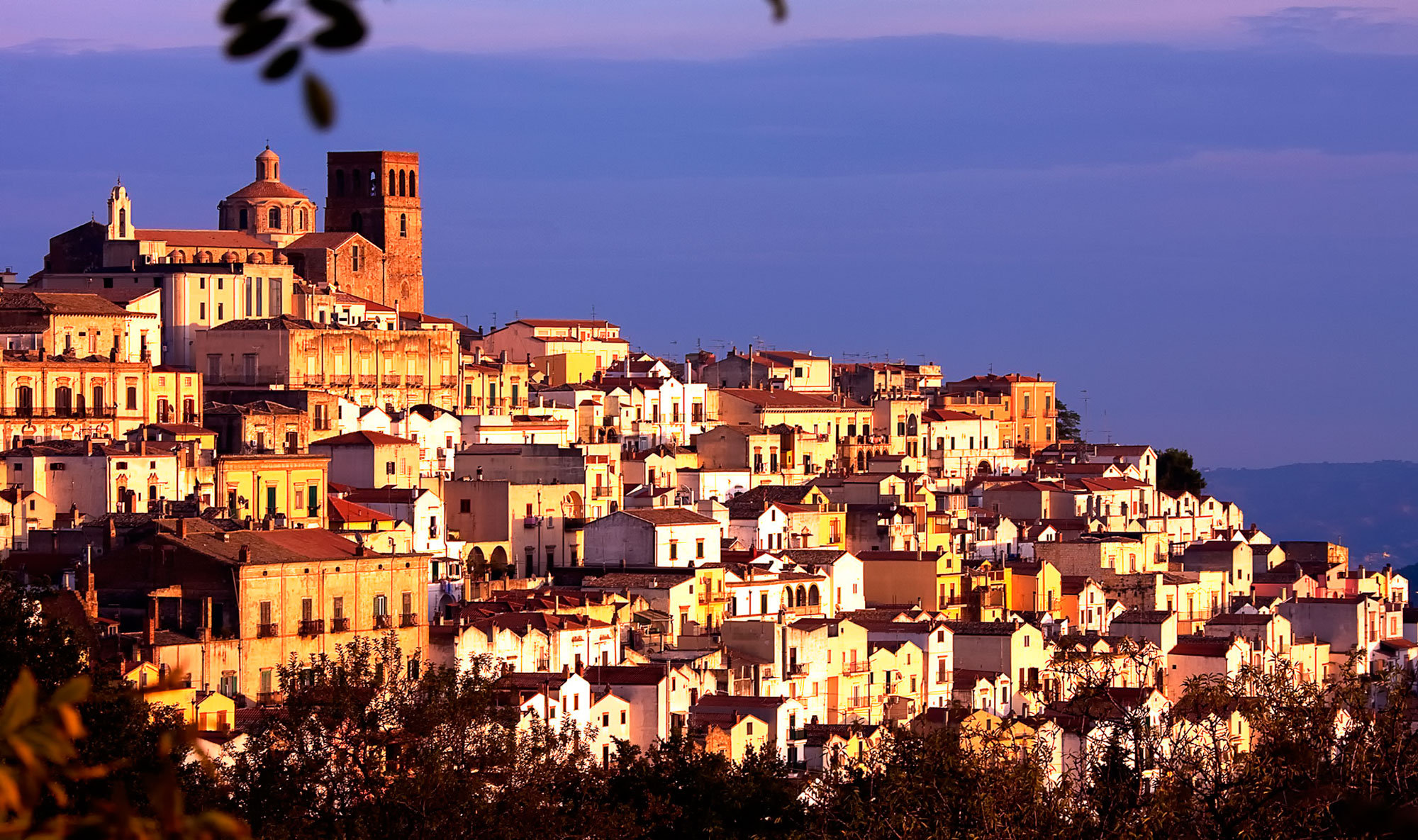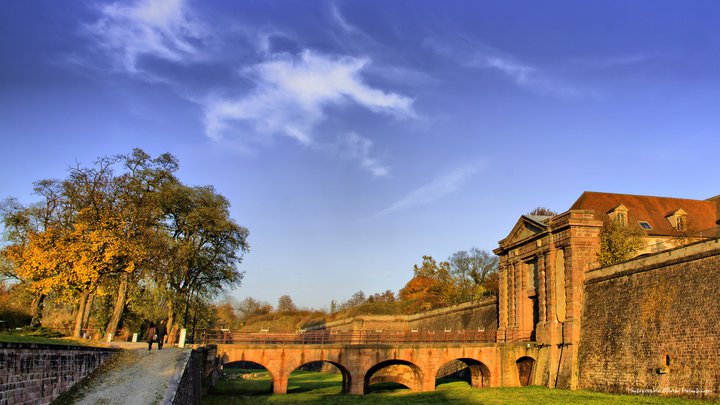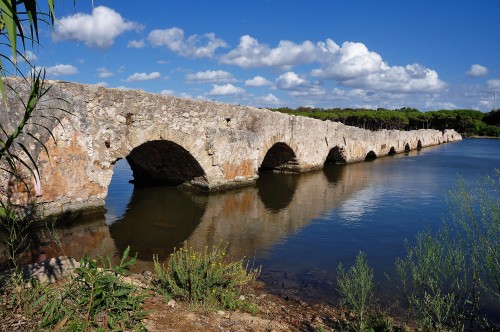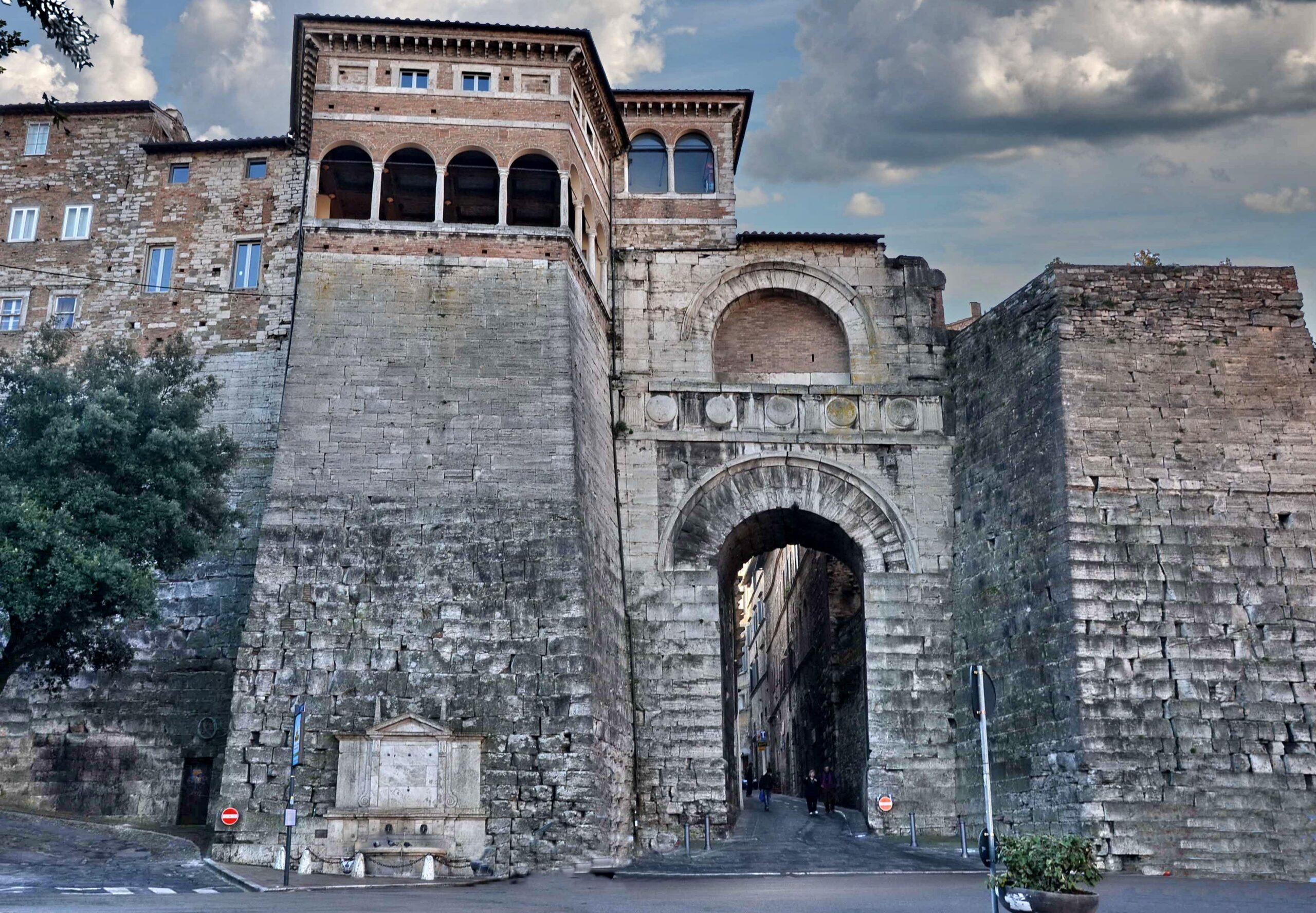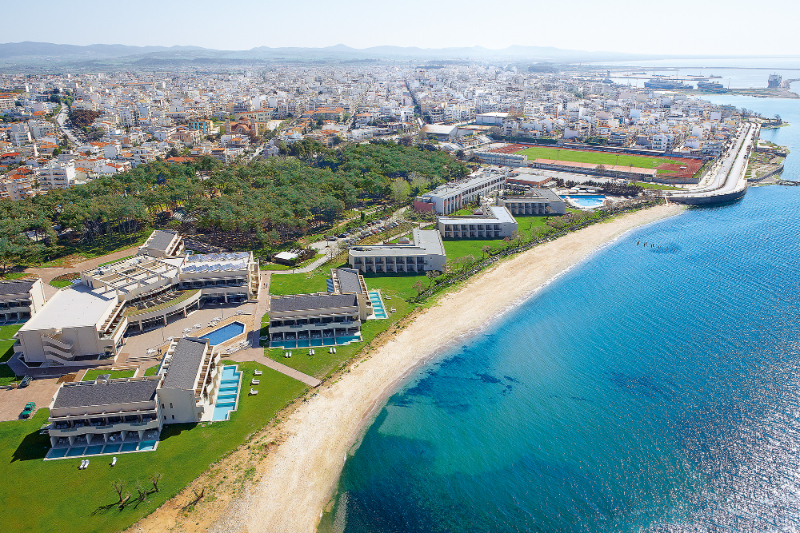The austere and grandiose site of Hampi comprise mainly the remnants of the Capital City of Vijayanagara Empire (14th-16th Cent CE), the last great Hindu Kingdom. The property encompasses an area of 4187, 24 hectares, located in the Tungabhadra basin in Central Karnataka, Bellary District.
Hampi’s spectacular setting is dominated by river Tungabhadra, craggy hill ranges and open plains, with widespread physical remains. The sophistication of the varied urban, royal and sacred systems is evident from the more than 1600 surviving remains that include forts, riverside features, royal and sacred complexes, temples, shrines, pillared halls, Mandapas, memorial structures, gateways, defence check posts, stables, water structures, etc.
Among these, the Krishna temple complex, Narasimha, Ganesa, Hemakuta group of temples, Achyutaraya temple complex, Vitthala temple complex, Pattabhirama temple complex, Lotus Mahal complex, can be highlighted. Suburban townships (puras) surrounded the large Dravidian temple complexes containing subsidiary shrines, bazaars, residential areas and tanks applying the unique hydraulic technologies and skilfully and harmoniously integrating the town and defence architecture with surrounding landscape. The remains unearthed in the site delineate both the extent of the economic prosperity and political status that once existed indicating a highly developed society.
Dravidian architecture flourished under the Vijayanagara Empire and its ultimate form is characterised by their massive dimensions, cloistered enclosures, and lofty towers over the entrances encased by decorated pillars.
The Vitthla temple is the most exquisitely ornate structure on the site and represents the culmination of Vijayanagara temple architecture. It is a fully developed temple with associated buildings like Kalyana Mandapa and Utsava Mandapa within a cloistered enclosure pierced with three entrance Gopurams. In addition to the typical spaces present in contemporary temples, it boasts of a Garuda shrine fashioned as a granite ratha and a grand bazaar street. This complex also has a large Pushkarani (stepped tank) with a Vasantotsava mandapa (ceremonial pavilion at the centre), wells and a network of water channels.
Another unique feature of temples at Hampi is the wide Chariot streets flanked by the rows of Pillared Mandapas, introduced when chariot festivals became an integral part of the rituals. The stone chariot in front of the temple is also testimony to its religious ritual. Most of the structures at Hampi are constructed from local granite, burnt bricks and lime mortar. The stone masonry and lantern roofed post and lintel system were the most favoured construction technique. The massive fortification walls have irregular cut size stones with paper joints by filling the core with rubble masonry without any binding material. The gopuras over the entrances and the sanctum proper have been constructed with stone and brick. The roofs have been laid with the heavy thick granite slabs covered with a water proof course of brick jelly and lime mortar.
Vijayanagara architecture is also known for its adoption of elements of Indo Islamic Architecture in secular buildings like the Queen’s Bath and the Elephant Stables, representing a highly evolved multi-religious and multi-ethnic society.Building activity in Hampi continued over a period of 200 years reflecting the evolution in the religious and political scenario as well as the advancements in art and architecture. The city rose to metropolitan proportions and is immortalized in the words of many foreign travellers as one of the most beautiful cities. The Battle of Talikota (1565 CE) led to a massive destruction of its physical fabric.
Dravidian architecture survives in the rest of Southern India spread through the patronage of the Vijayanagara rulers. The Raya Gopura, introduced first in the temples attributed to Raja Krishna Deva Raya, is a landmark all over South India.
Criterion (i): The remarkable integration between the planned and defended city of Hampi with its exemplary temple architecture and its spectacular natural setting represent a unique artistic creation.
Criterion (iii): The city bears exceptional testimony to the vanished civilization of the kingdom of Vijayanagara, which reached its apogee under the reign of Krishna Deva Raya (1509-1530).
Criterion (iv): This capital offers an outstanding example of a type of structure which illustrates a significant historical situation: that of the destruction of the Vijayanagara kingdom at the Battle of Talikota (1565 CE) which left behind an ensemble of living temples, magnificent archaeological remains in the form of elaborate sacred, royal, civil and military structures as well as traces of its rich lifestyle, all integrated within its natural setting.
Integrity
The area of the property is adequate to accommodate, represent and protect all the key attributes of the site.
The majority of the monuments are in good state of preservation and conservation. The highly developed and extremely sophisticated settlement articulates architectural manifestations, agricultural activities, irrigation systems, formal and informal paths, boulders and rocks, religious and social expressions. However, maintaining these conditions of integrity poses significant challenges derived mainly from pressures associated with development, planned and unplanned, which pose a threat to the landscape of the property, as well as encroachments and changes in land use, especially increased agricultural activity of commercial crops that might threaten the physical stability of the diverse monuments.
Particular attention will need to be placed on regulating residential constructions and potential development to accommodate visitor use, as well as infrastructure to address communication needs, particular by pass roads. Addressing also the visual impact of modern electrification fixtures, telephone poles and other elements, will also be important to maintain the integrity of the property.
Authenticity
The attributes like strategic location and abundance of natural resources, rendering this spectacular landscape befit for a Capital City have been maintained in the property.
The authenticity of the site has been maintained in terms of location and setting, as the original setting comprising of river Tungabhadra and boulders is fully retained. In terms of form and function, the integration of the geographic setting with man-made features in the design and functional layout of the entire capital can still be discerned and the form of the original city planning with suburban pattern is evident. The largely untouched archaeological elements provide ample evidences of authentic materials and construction and interventions have maintained qualities when undertaken. The stages of evolution and perfection of the Vijayanagara Architecture are evident in the monumental structures As for traditions and techniques; the physical remains are a befitting tribute to the ingenuity of the builders in shaping the metropolis of this grand scale by utilizing locally available material, traditional knowledge system and skilled craftsmanship. Today there is a continuity of several religious rituals, associations, traditional skills and occupations within the society that have been maintained.
However, the destruction by the battle of Talikota and the passage of time have led to some of the original functions and traditions becoming obsolete and altered, while several are in continuum forming an integral part of the site like festivals, temple rituals, pilgrimage, agriculture, etc. The Virupaksha temple is in constant worship, this has led to many additions and alterations to different parts of temple complex. Similarly, the haphazard growth of modern shops, restaurants in and around it and its bazaar that caters to religious and social tourists has impacted adversely on its setting as has the asphalting of the roads over the ancient pathway in front of the Virupaksha temple. The tensions between modern uses and protecting the fabric and setting of the ancient remains need to be managed with the utmost sensitivity.
(Unesco)
